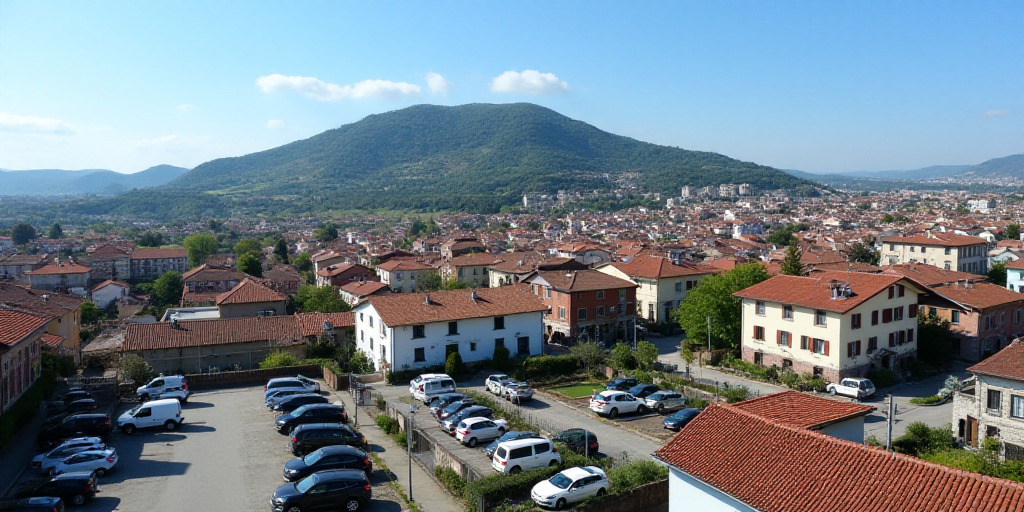The Housing Crisis in Latin America
Latin America faces a significant challenge with the housing deficit, which is not just an infrastructure issue but also involves urban planning, public policy, and intersectoral collaboration.
According to Paloma Silva, the head of Housing, Urban Development, and Climate Change at the Inter-American Development Bank (BID), approximately 45% of the population in the region lives under housing deficit conditions, either due to lack of a home, insufficient basic services, or overcrowding.
The Scale of Investment Required
This situation, affecting nearly half of Latin America’s inhabitants, requires an investment estimated to be equivalent to 22% of the regional Gross Domestic Product (GDP), according to Silva.
However, governments lack the financial capacity to meet this need alone. “We understood that private investment promotion is necessary because there won’t be enough resources for housing,” explained Silva.
Moreover, she added that countries like Mexico, Chile, and Colombia face both quality and quantity housing deficits due to rapid house formation.
The Role of Private Investment
In Mexico, the demographic bonus still presents a unique opportunity to drive economic growth through housing development.
“Boosting the housing sector serves three objectives: reducing the housing deficit, fostering economic growth, and generating employment. To achieve this, we work with governments to create stronger legal and institutional frameworks,” added the BID spokesperson.
Urban Planning and Land Availability
The scarcity of housing in Latin America also results from limited urban planning and insufficient land for new developments.
“The most serious problem we have in the region today is housing supply. Land is a significant challenge; local authorities must promote higher densities and invest in urban infrastructure,” pointed out Silva.
In this context, the BID has allocated $24 billion in the region for financing projects focusing on three key pillars:
- Mixed-use land to prevent housing from being separated from workplaces, healthcare, education, and public spaces.
- Investment in land-use planning programs and institutional strengthening.
- Strengthening local governments, as they establish land use and make the most relevant urban decisions.
The Plan in Mexico
Mexico’s housing deficit is estimated at 8 million units, according to data from the Secretariat of Agrarian, Territorial and Urban Development (Sedatu). Facing this scenario, President Claudia Sheinbaum’s government launched the National Housing Program for Well-being, aiming to build 1.1 million units during her term.
Housing sector entrepreneurs support this initiative not only for its social impact but also for its potential to generate direct employment.
“For every housing unit built in Mexico, five direct jobs are created. With a million homes, we’re talking about five million jobs,” stated Leopoldo Hirschhorn, president of Grupo Hir.
Additionally, Sergio Leal, president of Vinte’s Board of Administration, emphasized that this program allows housing developers to address traditionally non-profitable segments like social and economic housing.
“It’s impossible for developers to have a sustainable business building homes for people earning one to two minimum wages. But with appropriate incentives, the 800 developers affiliated with the National Hirschhorn Association can participate,” said Leal. So far, the chamber has presented 350,000 housing units for construction under this initiative.






